Why the padlock is the perfect symbol of now
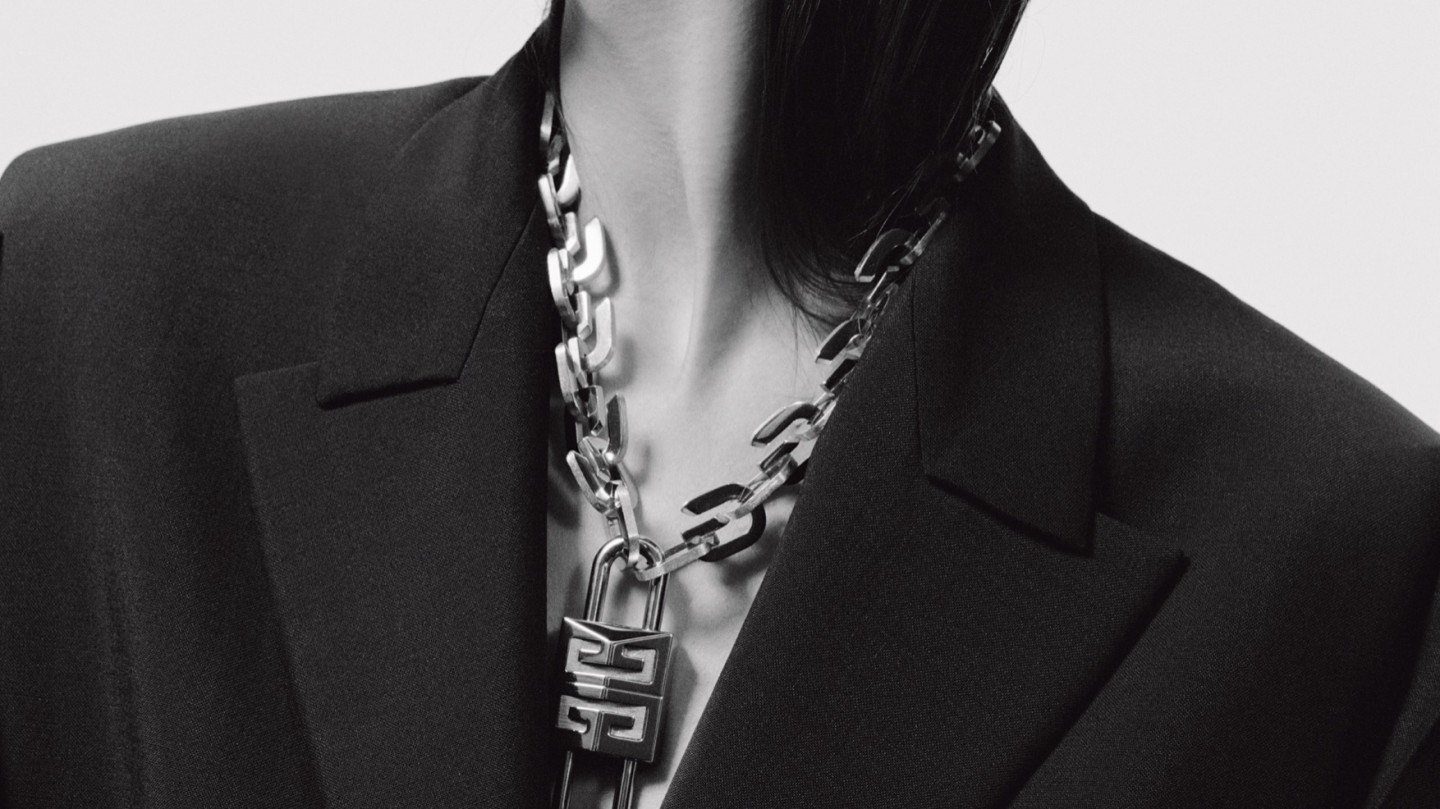
Roula Khalaf, Editor of the FT, selects her favourite stories in this weekly newsletter.
The recent surge in popularity of charms and talismans has shown that, even in our super-rational age of science and technology, we’re still driven by an atavistic impulse to cling to amulets. But one motif in particular stands out. The padlock – both intimate and industrial, mysterious and mundane – is cropping up in the collections of fashion and jewellery houses this spring.
Matthew Williams picked a padlock almost straight out of the hardware store to mark his debut as creative director at Givenchy. Contrasted with soft, draped silhouettes, these mechanical-looking pieces swing from belts like modern-day chatelaines, or are reconfigured into tough, punk-inspired earrings and necklaces. Williams says the padlock represents the synergy of utility and luxury, and is a connection between Givenchy’s men and women. It’s also a playful reference to the padlocks fastened, in an act of love, to the Pont des Arts in Paris – his new creative home – and, surely, a link to the skateboard culture of his past life in California.
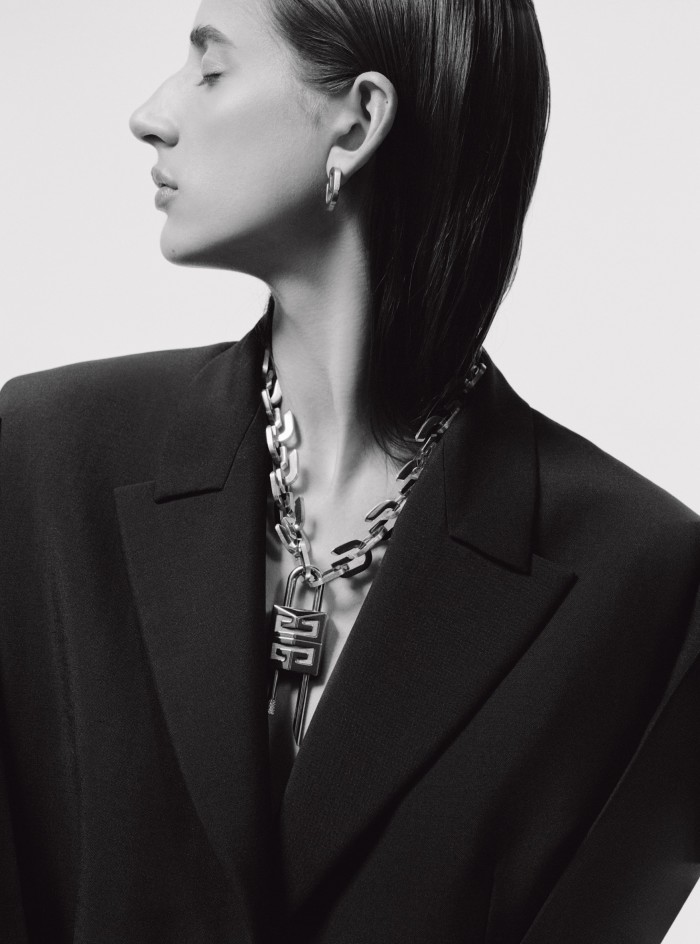
At Schiaparelli, Daniel Roseberry gave a very different, otherworldly meaning to the padlock – one of founder Elsa Schiaparelli’s favourite symbols – as embellishment, jewellery and hardware. The padlock first appeared in the house’s 1935 haute-couture collection on a handbag, as a protective seal to what Schiaparelli believed was a woman’s private world, and has since become a recurring motif in embroidery, on buttons, clasps and jewellery. Roseberry has taken this inspiration and created oversized, surrealist gold earrings and necklaces that look both delicate and tough and have a magical quality, hinting at secret treasures.
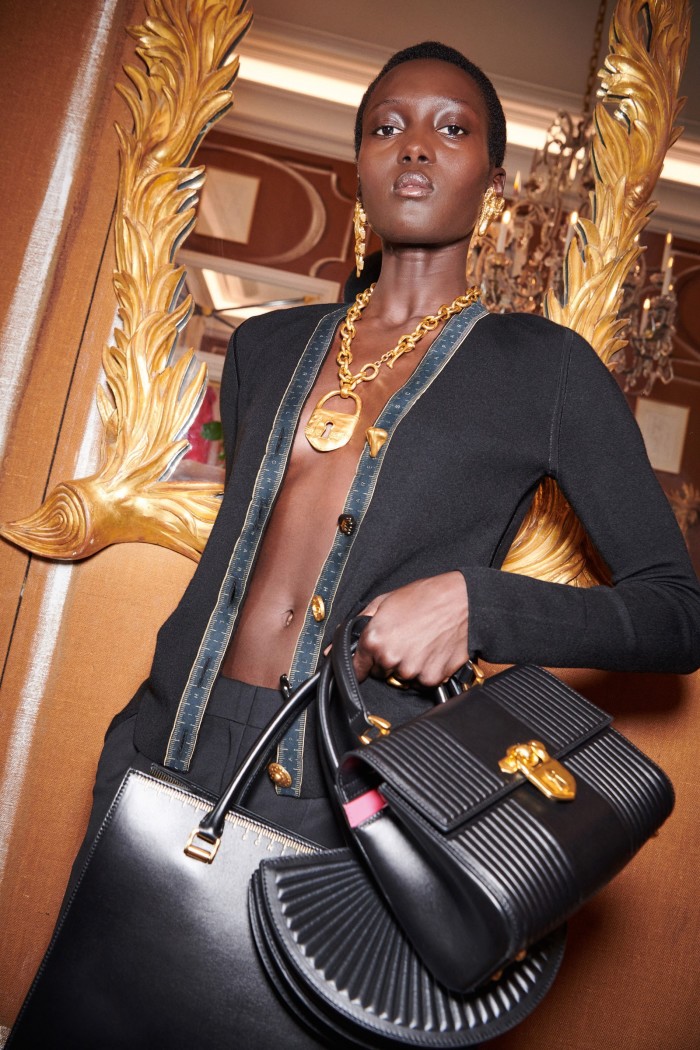
While the padlock’s duality – of hard and soft, masculine and feminine, connectivity and freedom – strikes a powerful chord today, it’s been a romantic emblem for centuries. It was all the rage in the early 19th century – gold padlocks, sometimes heart-shaped with filigree and rocaille work, were often set with gems, spelling messages of love. Or like the striking and emotive turquoise and diamond padlock found at antique-jewellery dealer Sandra Cronan, which is hung with two tiny pendants – a key and a heart.
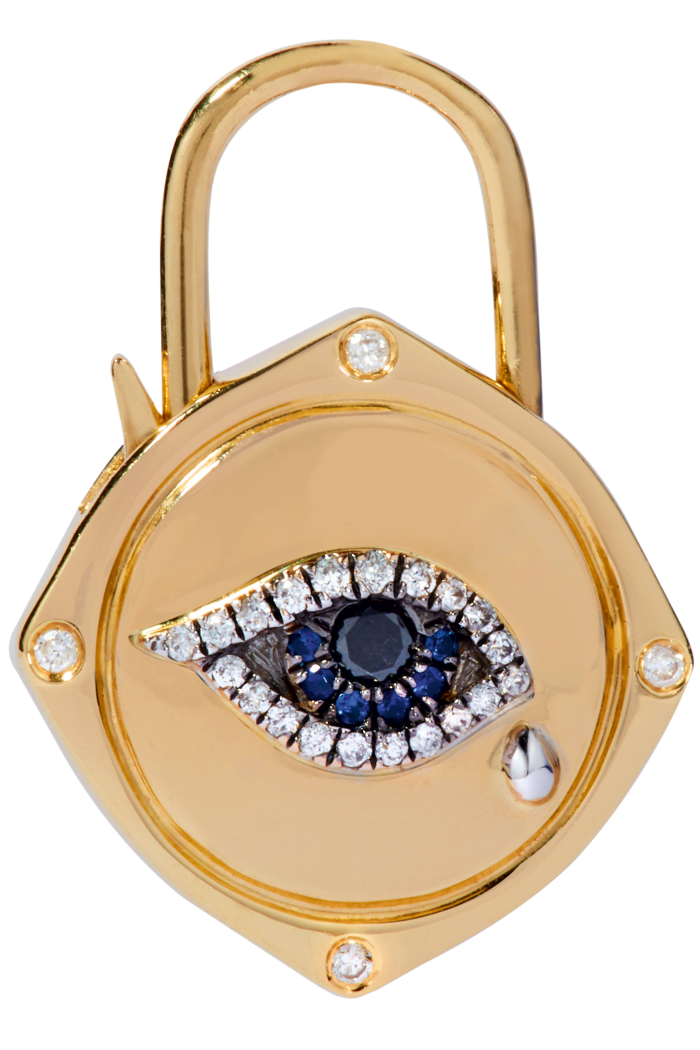
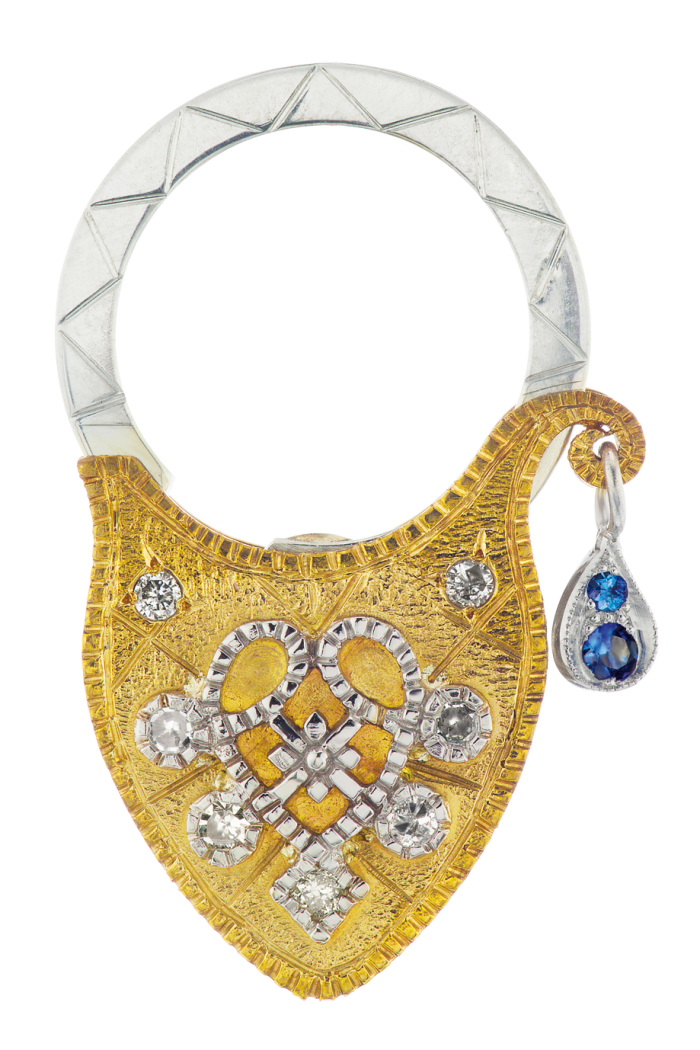
This romantic notion is given a contemporary update in Annoushka’s new Lovelocks collection of five 18ct-gold charms, all modelled and crafted as functioning locks. They are also embellished with talismanic symbols: a bee, signifying endurance and community; an eye, for protection; an arrow-pierced heart, for love; and a star, for guidance. The last is plain and polished, ready for personalised engraving. “For me, jewellery always comes back to the narrative, so it’s hard to imagine a more appropriate symbol than the lock,” says founder and creative director Annoushka Ducas. “It represents integrity, endurance and connection. I was determined to make them perfect, pint-sized versions of their life-sized selves. There’s a particular tactility to miniature locks, with working and moving parts and the pleasing click you hear as they close.”
Last year, as part of Missoma’s Unlock Your Potential campaign, the house launched four new padlock pendants – including a small style in solid silver and a larger gold-plated locket, which, says founder Marisa Hordern, has been a bestseller. She adds: “We love a padlock, as we are all about chains and the links that connect us. The padlock is the ultimate symbol of connectivity.”
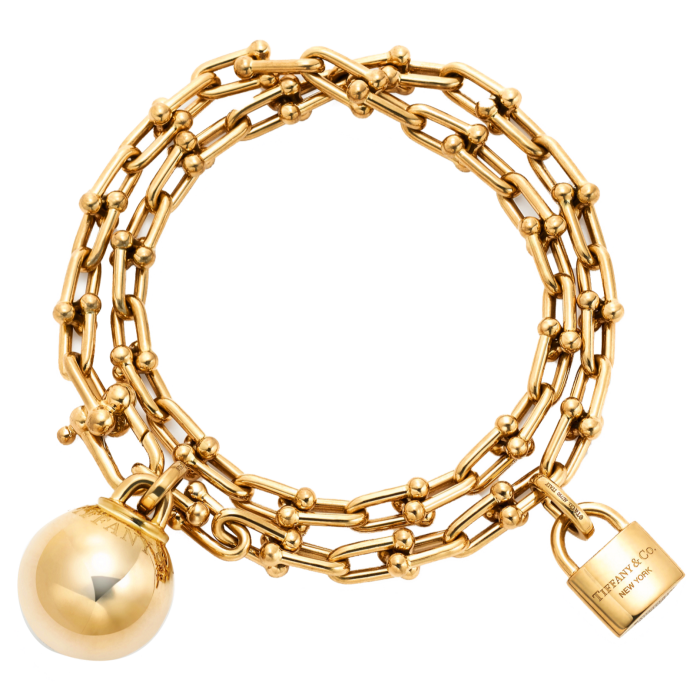
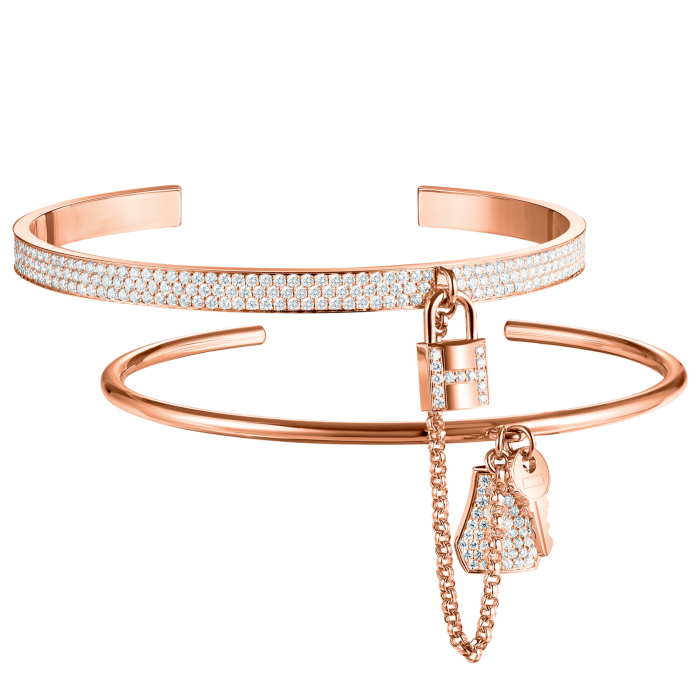
Tiffany & Co’s padlock represents safety and security, and links back to an archival collection of “ball and chain” bracelets, designed by Donald Claflin in 1971 at the height of the mechanistic jewellery trend that captured New York’s hard-edged spirit. Today, a dazzling diamond-encrusted padlock, closely inspired by the 1971 models, is among the newest additions to Tiffany’s HardWear collection, which reinterprets the city’s subversive modernity.
The concept of safety is locked into the heavy-duty padlocks that have secured Louis Vuitton’s trunks and cases since 1901. Part of the brand’s heritage, padlocks feature in both fine and fashion jewellery collections, as miniaturised three-dimensional charms dangling from monogrammed leather bracelets, as pavé-diamond clasps and pendants or, appropriately, at the centre of a “friendship”-style cord bracelet.
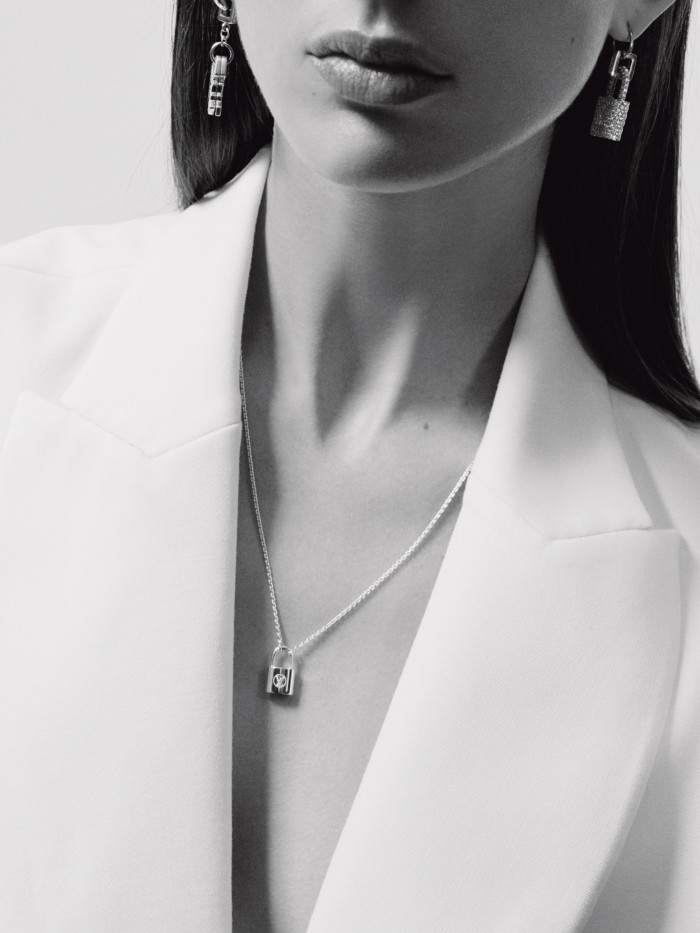
Similarly, at Hermès, the lock and key is a defining feature of the iconic Kelly bag, and one that has become a jewel in its own right. In 1987, chairman Jean-Louis Dumas initiated an annual theme to reflect the maison’s cultural connections, and with that he developed a new padlock each year, a tradition that continued until 2010. The padlock has remained a signature of Hermès, in watches and jewellery – including on the Kelly Clochette rings, bangles and chain necklaces, which are accompanied by a tiny key and bell-shape motif, taken from the leather key-envelope on the Kelly bag, as well as on the O’Kelly pendant and earrings, or as a sleek clasp on the Clic Cadenas bangles.
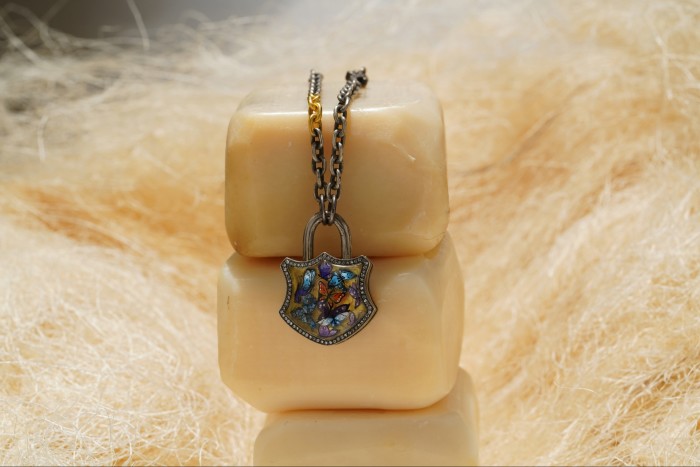
There’s a very different look and feel to the romantic, gem-encrusted padlocks crafted by Istanbul master goldsmith Sevan Bicakci. Through his inimitable storytelling style, they speak of adventure. One of Bicakci’s earliest design themes, the padlock was originally conceived as a clasp but has been styled into a much coveted weighty, imposing pendant by the brand’s legion of fans. Elaborately modelled in silver, intricately engraved and patinated to suggest the antique, the locks are adorned with gold and encrusted with rose-cut diamonds, often in shades of lemon, bronze or grey. Bicakci says his inspiration came from the Turkish ritual of fastening padlocks to the railings around a holy mausoleum, to make a wish, and a promise in return for the expected fulfilment of the wish. “The padlock sealed the wish and the promise,” he says.
The US-born, Istanbul-based designer-jeweller behind Castro NYC also uses padlocks as a central motif. The Infinity Lock pendants and charms are slender and simple in outline yet complex in ornamentation, involving delicate, hand-wrought filigree work. The eponymous designer (who only goes by his surname) says the filigree is inspired by floral patterns of decorative architectural mouldings and represents light and happiness. But there’s a darker, gothic side to Castro’s style too, which he describes as a cross between medieval art, imagery of the Black Death and the Benin Bronzes. And the meaning behind his Infinity Locks? “Anything you lock up, you’re either trying to hide or protect,” he says. “Usually, we lock up our feelings, but the pandemic has forced us to discover ourselves, to treasure relationships. So the padlock today is about unlocking feelings, our five senses and, above all, creativity.”
Comments